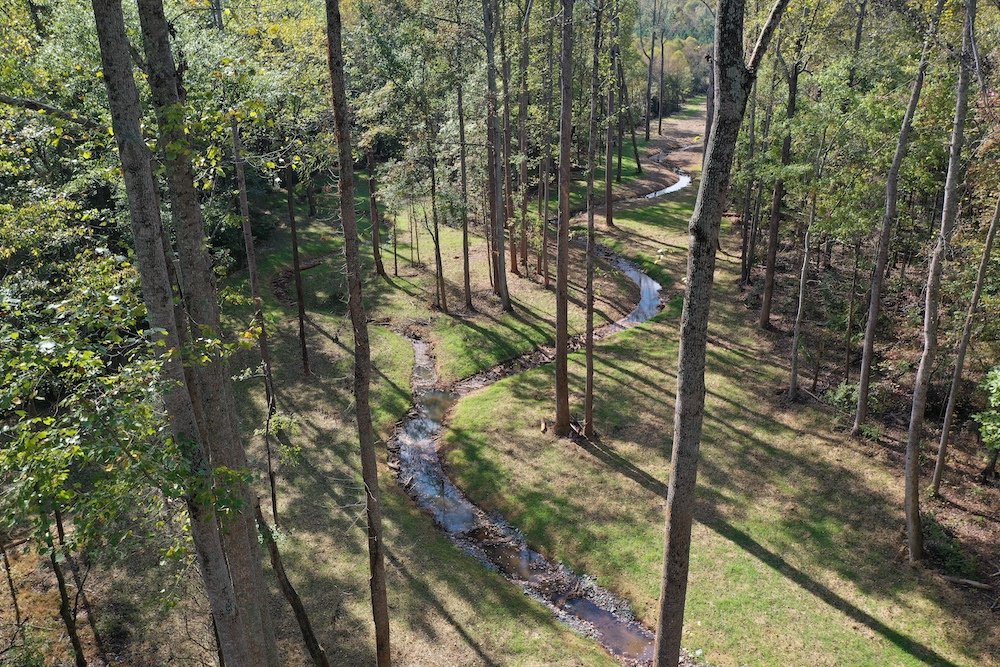Restoring landscapes at scale is hard, messy work.
To achieve the water quality and habitat goals of our projects, we move a lot of dirt, harvest trees, utilize many tons of quarried rock and other materials, and use heavy equipment that consumes many, many gallons of diesel. That leaves quite a carbon footprint. And, our daily operations also emit carbon and other greenhouse gasses.
Where do we stand?
We recently undertook a comprehensive carbon audit to see where we stand, and we’re proud (and buoyed) to announce that in 2021 we had a roughly 2:1 ratio of sequestration to emissions:
Carbon tons sequestered: 808.8
Carbon tons emitted: (448.0)
Net carbon footprint: 360.8
The real win is over the next 50 years
But the real win is over the next 50 years, as the habitats we’ve restored mature. Our calculations show that in 50 years, our current projects will sequester a whopping 63,700 tons of carbon!
What is carbon sequestration?
Carbon sequestration prevents carbon dioxide from entering the atmosphere. This is done by stabilizing carbon in solid or dissolved forms so that our atmosphere isn’t warmed unnecessarily.
How are we sequestering carbon?
Our projects plant native trees and vegetation as part of reconstructing natural habitats, and these carbon dioxide chomping machines store and use carbon dioxide as part of their natural processes.











































